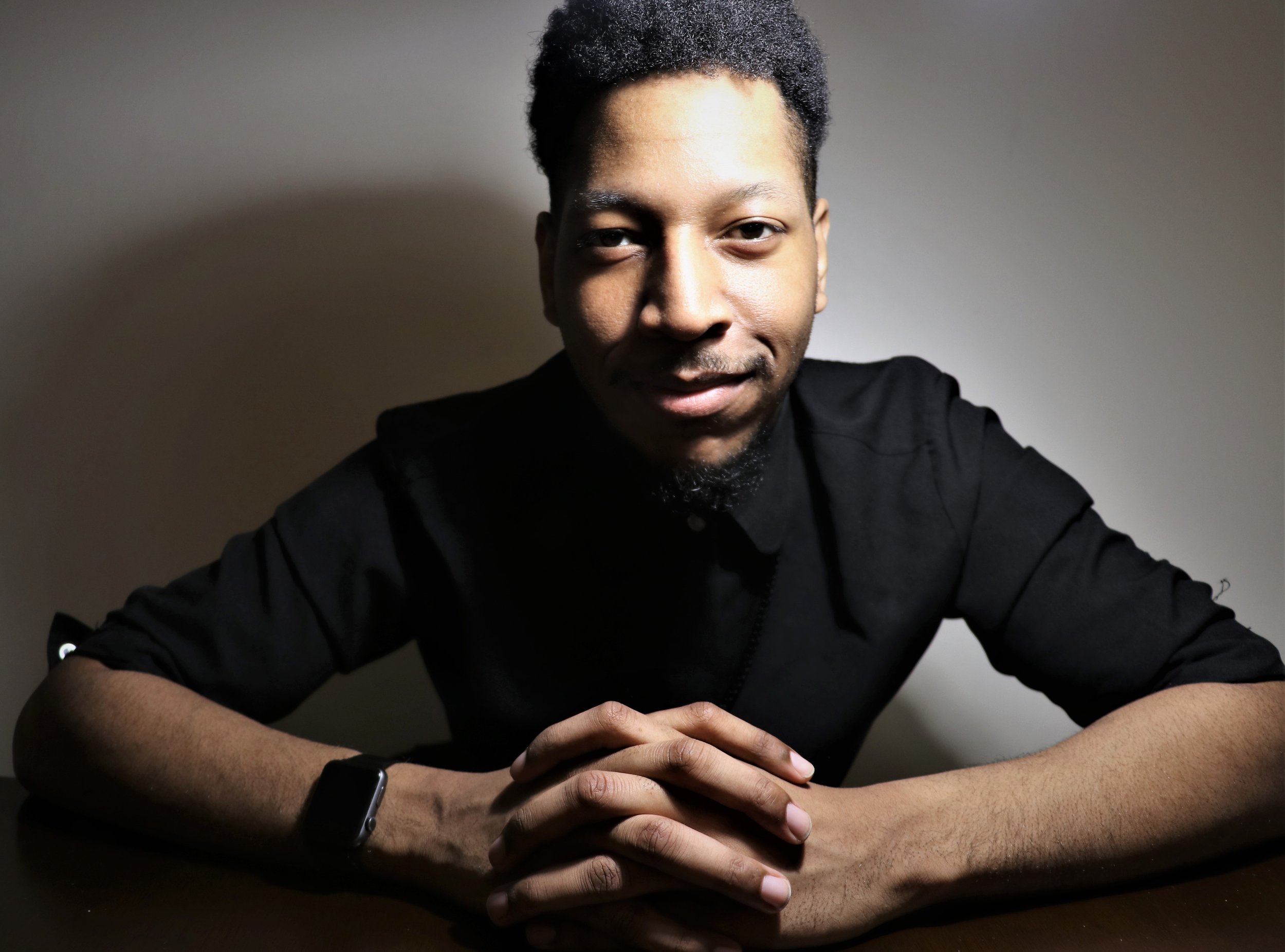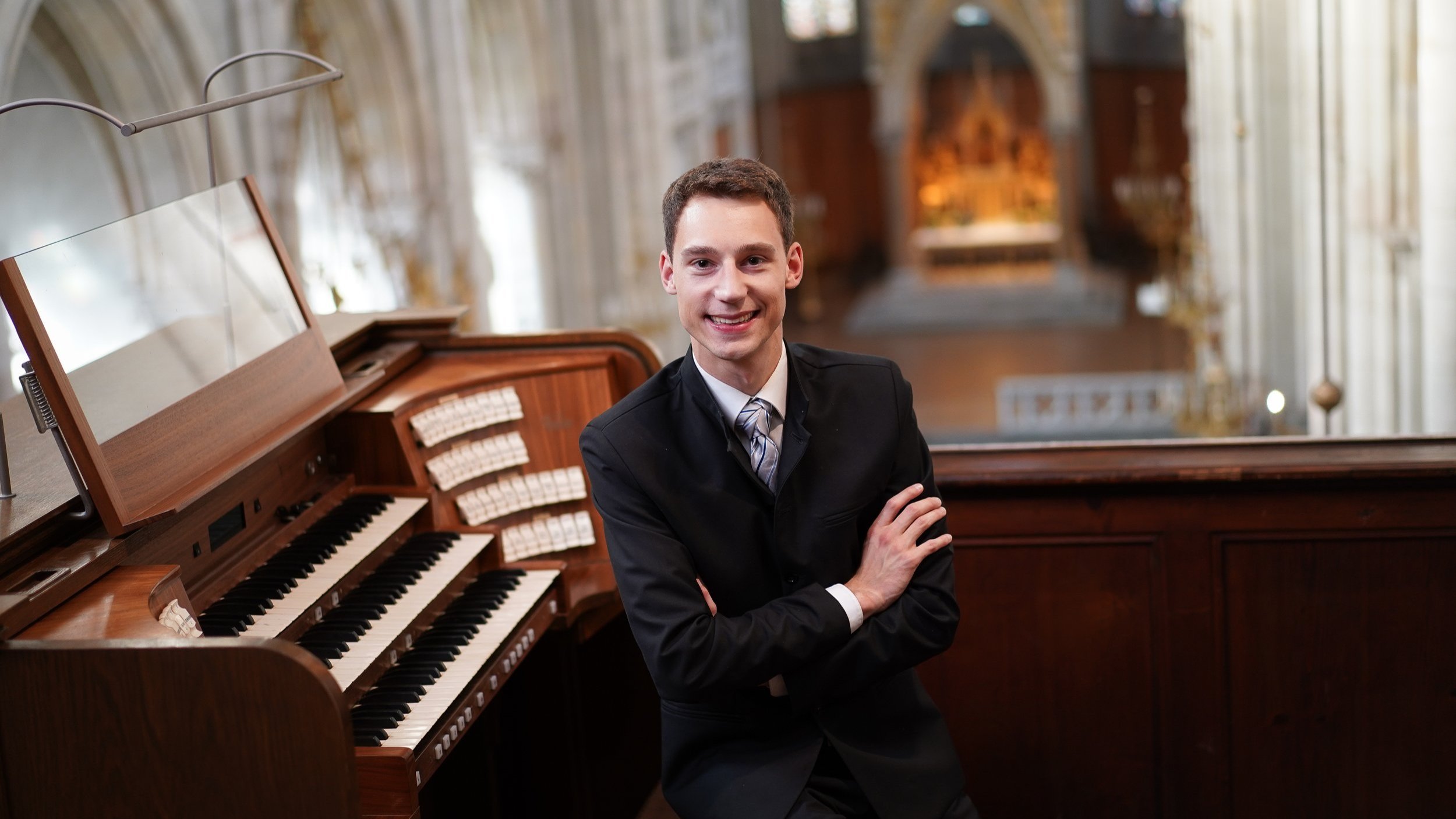How to Pivot to a Digital Concert Season
Credit: Rodion Kutsaev | Classical Post
Times of crisis call for radical action. Clearly we can all agree we’re in a state of emergency as a global society, but specifically in the arts and live entertainment. As we’re already months into the problem, there are not many concrete answers. As the situation prolongs, we wait patiently for a recovery to “the good old days” of attending live concerts and events in-person. This is anxiously anticipated, obviously, but it does seem short-sighted from what I’ve seen and heard working within this space.
Profound Pivoting
Rather than optimistically waiting for the return of live, in-person performances, I believe profound pivoting is required and necessary to sustain the arts and entertainment industry at this time. It seems unnecessary to even state the obvious, but if live performances might not resume until September 2021 or later (at full scale), it seems pertinent to take unprecedented action and create an all-digital concert season and/or events. Unfortunately, there’s not really any sustainable alternative in the U.S. at this time.
I’m sure you have seen various forays into sustaining some form of connection with patrons over the course of this year’s lockdown. Particularly, it’s exciting to see the development of orchestras creating livestreams of a reduced orchestra located at the venue (with no in-person audience). Houston Symphony seems to be successfully doing this. Broadcasted digitally with super reasonable ticket pricing, it’s a great solution to keep your brand alive and retain patron loyalty during the pandemic. This model is not only applicable to orchestras, but certainly chamber music series and festivals could benefit.
Opera is still difficult to implement this model for obvious reasons. Plus, even for those orchestras, chamber music series, and festivals that could implement this, there’s a significant financial barrier for production costs (camera crew, etc.). And, there’s prohibitive setbacks with travel restrictions—namely artists traveling from other countries, states, etc.
However, given the potential and/or actual difficulties in launching digital concerts, I think it’s a brilliant way forward. It’s a solution to a dark time and a necessary alternative. Further, it might prove to be an excellent model for an entire subscription season.
Recommendations
Orchestras
If you’re an orchestra, it might be incredibly limiting and difficult to social distance on stage and livestream the performance. However, it’s possible.
Big repertoire is just not feasible with the current circumstances. If your state only allows no more than 25 people gathered in a space, programming options are incredibly limited. But if you reimagined orchestral programming and the personnel size of an orchestra, you could potentially have a small chamber orchestra of around 20 players and five tech people for operating the cameras and managing the sound/streaming).
Take a look at Houston Symphony’s summer broadcasts called “Live from Jones Hall”. My client conductor Nicholas McGegan flew from San Francisco to Houston to conduct a small-scale concert to an online audience. Works included Vivaldi’s The Four Seasons and Mozart’s Eine Kleine Nachtmusik. At only one hour in length and $20/ticket, it’s a really great experience for patrons and keeps the organization’s brand alive.
Chamber Music
Chamber music is much easier to implement as a digital broadcast because of fewer players. This is the easiest musical form to consistently broadcast because you don’t need even 25 people to pull it off. You probably could do something significant with just 5-10 people (musicians and technicians included).
Portland Piano International has radically re-thought “traditional performance” and replaced it with a bi-coastal streaming production featuring Anderson & Roe Piano Duo. I’ve worked with this presenter in marketing the event and it has turned into an exciting venture that significantly helps patrons stay engaged with the organization in a meaningful way.
Festivals
Festivals can use the same strategy as described above for orchestras and chamber music series. The significant difference is the far-flung travel issue. By nature, festivals are often a destination for all involved. Artists fly in from all over the world, and sometimes the staff as well. The best alternative to this could be twofold.
Record/broadcast concerts in the city where the artists are located (rather than where the festival normally occurs). This might involve contracting multiple production companies in multiple cities.
Source only local/regional musicians and record/broadcast at the festival’s venue.
While this solves the performance quandary, the educational programming is remedied by Zoom. Miraculously, I witnessed all of this with my client Philadelphia Young Pianists’ Academy (PYPA). Their stellar team coordinated 126 hours of master classes that connected pedagogues like Gary Graffman, Jerome Lowenthal, and Ching-Yun Hu with 25 highly-gifted young artists located all over the world. The public could tune in and watch everything. It really became a full-scale, all-digital festival.
Key Takeaways
1. Rework artistic scale.
Everyone has to understand that large scale orchestras, ensembles, choirs are just not feasible. But that doesn’t have to be prohibitive to the point of doing nothing. You can rework artistic scale to be commensurate with government regulations (e.g. socially distanced, masks, no more than 25 people gathered, etc.).
2. Rethink programming.
You might not be able to program Mahler 9, but that’s OK. Rethinking artistic programming is painful, but a necessary evil. Opting for music that a soloist, small ensemble, or chamber orchestra can play is best.
3. Reimagine live music.
Most importantly, reimagine live music in a new format — one that is small in scale and lighter in instrumentation. This ensures that live music can be filmed and broadcast to a digital audience safely.
The biggest hurdle is convincing your audience that the “new normal” is some type of “classical music Netflix”—a format where you tap a link and consume professionally filmed music on your device of choice. You might sell access for each concert, but you could also sell a digital subscription. Perhaps you offer nine concerts (over the course of a concert season, one concert per month) and charge one flat fee per household. The economics of this would need to be aligned with the costs of producing the live music. But I think it’s possible.
The future demands innovative thinking. Radical pivoting. It’s hard, but imperative. I think we’re only beginning to see what online concerts could look like and I’m excited to provide digital marketing services to those interested in making the transition.












